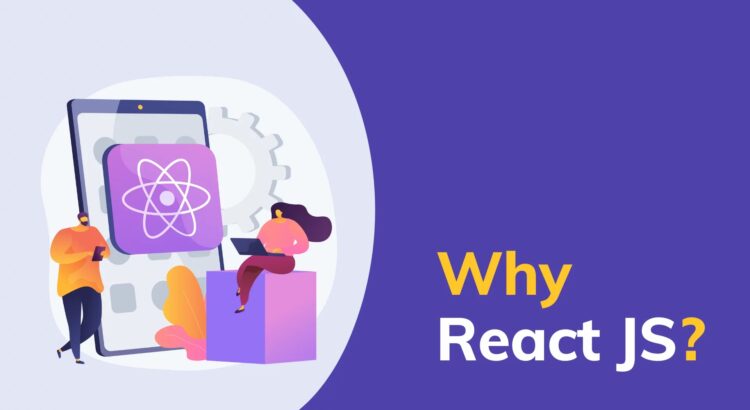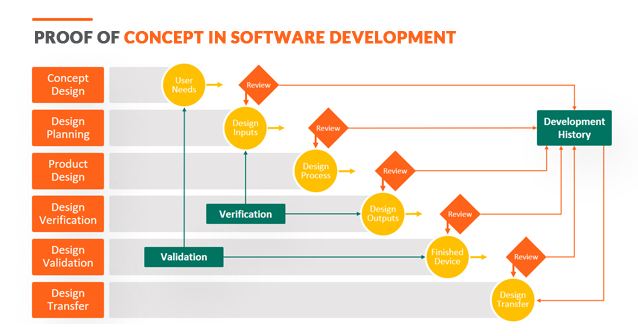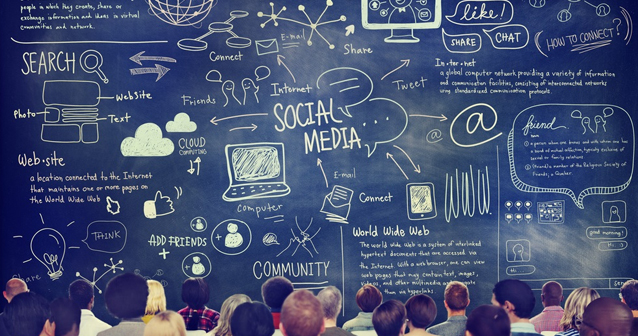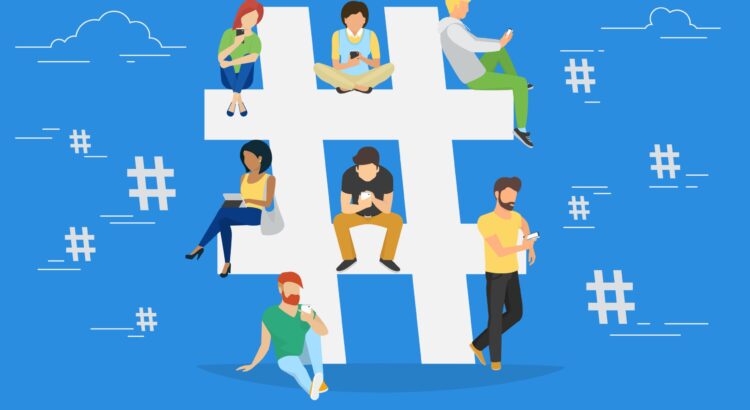Mobile and web app users are increasing enormously. Most corporations use these robust skills to develop mobile apps, and experiencing a perfect and faultless user experience. React JS is the most robust know-hows that are very popular and in-demand for web application development.
React JS is an open-source library used for mobile & web development. It allows the developers to make reliable, scalable and fast web applications. It works on UI in the app and permits the making of recyclable UI components.
Purpose of using React JS-
Here are the benefits as to why to choose ReactJs when there are a bunch of open-source platforms:
1. It’s easy to use and learn – ReactJS is very easy and simple to use. You can simply build any professional site with it because it uses less coding plus provides high functionality. It is built on syntax known as JSX. Its applications and usability set it apart as JSX syntax is very easy to use and code.
2. It performs better – You can develop the websites quickly since it uses virtual DOM. The advantage of a virtual DOM is it just updates the modules that have changed despite updating them all. Plus, most people use the apps on their mobile devices, therefore it saves the battery. Furthermore, React JS is swift as it changes the state automatically when the data is updated since it is stored in memory.
3. It has great community backing – ReactJS has turned out to be quite popular and, because of its growing demand and popularity, it has fascinated a huge community & has become the top sources on GitHub.
4. It is easy to test – ReactJS is easily accessible and is simple to test. Usually, UI browser testing is completely a hassle because it becomes hard to set up, whilst ReactJS needs less alignment for testing. Moreover, you can easily test ReactJs components since it practices the node command line which works fast.
5. It’s flexible – What marks ReactJS more adaptable than other libraries is that it’s simple to use and could be used on numerous platforms to create better user interfaces. React was particularly formed to build components for web apps. As its recognition is growing enormously, its ecology has grown immensely to cover cases. You can easily produce static sites with ReactJS plus develop applications with React-Native.
6. It has Reusable elements – React has a module structure. It starts with making buttons, dropdowns, checkboxes, etc. Once you begin with these small components, they start to create wrapper components. Every component has its own reason and one can choose how it needs to be rendered. Its components can be easily reused which makes it stands out.
7. It has remarkable developer tools – Unquestionably, react JS has incredible developer tools like redux developer & react developer tools. You can install & add them to your chrome extensions very easily.





